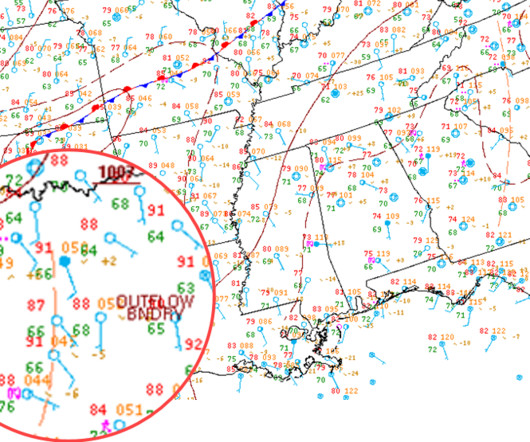I Am UNSAFE Checklist—Lessons Learned on a Fateful Night
Air Facts
FEBRUARY 28, 2025
It was early winter, but the current skies and projected weather looked favorable, so I decided to fly rather than drive. I decided to fly first and eat later due to approaching weather (mistake #1), and, after a weather briefing, estimated I could get to Chicago (DuPage Airport (KDPA)) before the weather from the west did (mistake #2).














Let's personalize your content